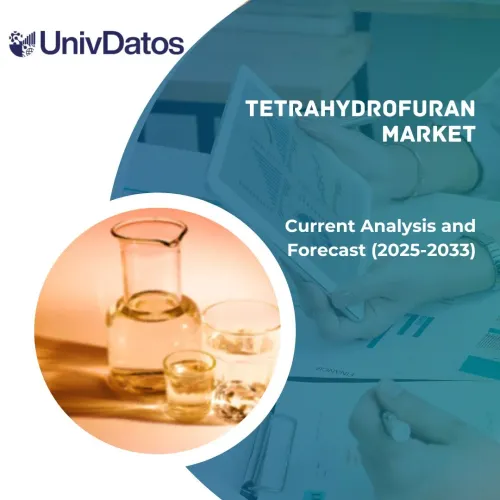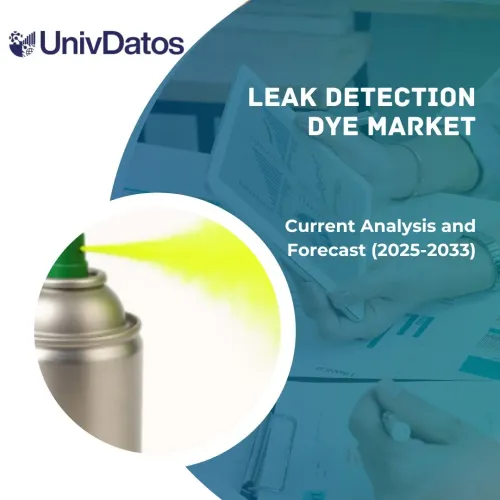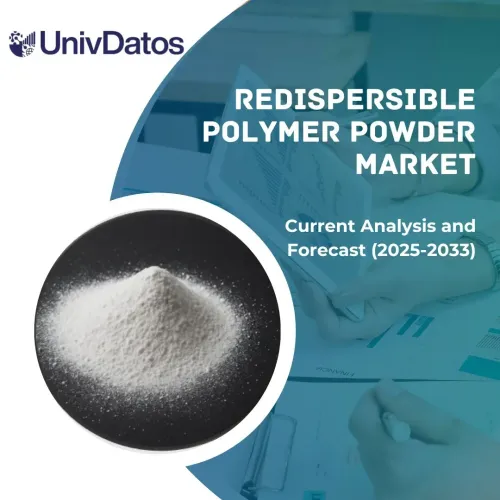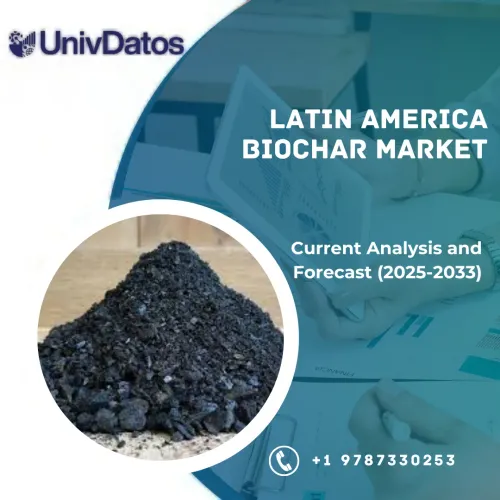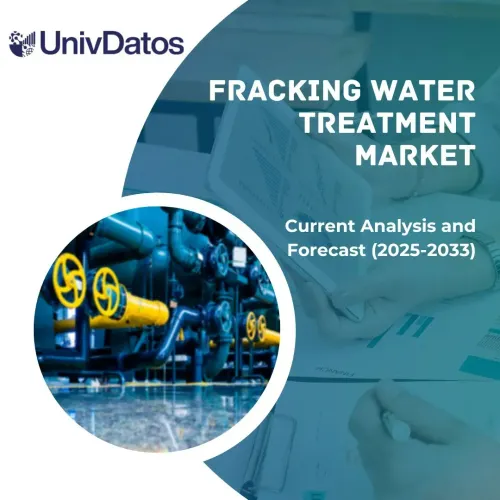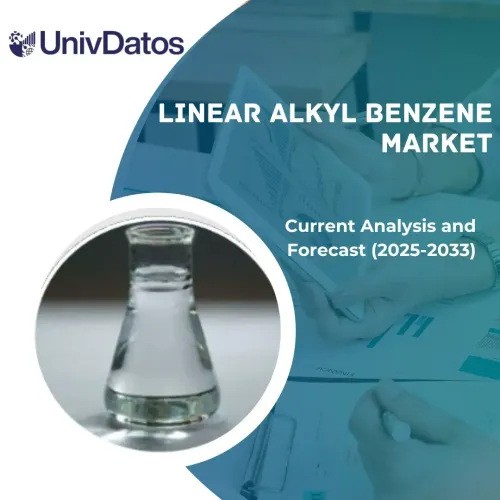- Home
- About Us
- Industry
- Services
- Reading
- Contact Us
Fracking Water Treatment Market: Current Analysis and Forecast (2025-2033)
Emphasis on Treatment Type (Membrane Filtration, Distillation, Electrocoagulation, Biological Treatment, and Others); Application (Treatment & Recycle and Deep Well Injection); and Region/Country
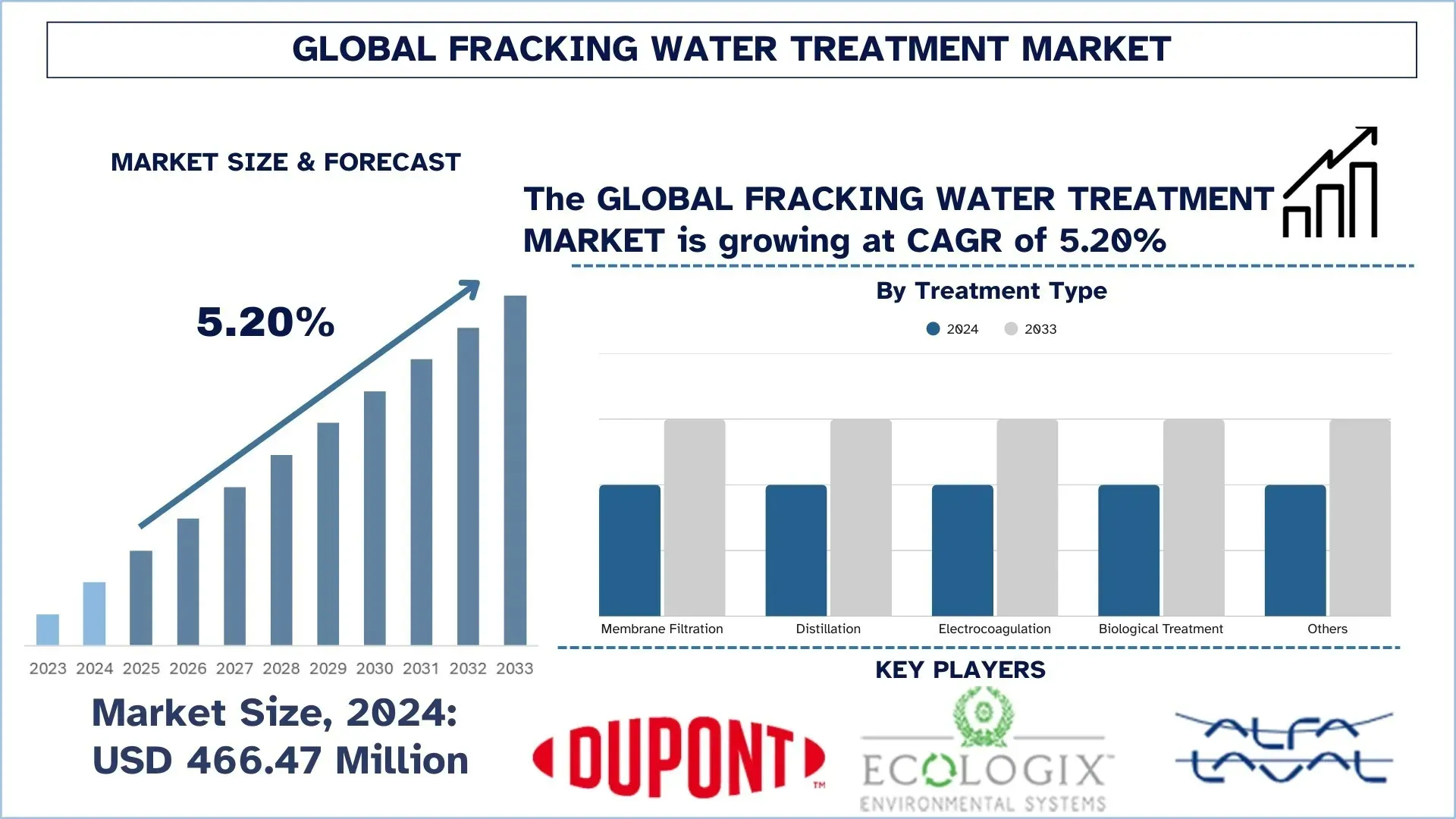
Global Fracking Water Treatment Market Size & Forecast
The Global Fracking Water Treatment Market was valued at USD 466.47 million in 2024 and is expected to grow at a CAGR of around 5.20% during the forecast period (2025-2033F), driven by growing hydraulic fracturing and shale gas activity, stricter environmental regulations on wastewater disposal, and reuse.
Fracking Water Treatment Market Analysis
In the global market, oil and gas basins have experienced accelerated growth in the fracking water treatment market due to shale development and stricter discharge, reuse, and sourcing regulations. The aim of treatment systems is to treat each chemistry, high total dissolved solids, and variable loads through customized clarification, oxidation, membrane separation, and biological polishing that will turn flowback and produced water into reuse or compliant disposal. Fracking water solutions, unlike traditional municipal plants, are designed to be mobile, scalable in modules, automated on pads, and capable of withstanding spikes in contaminants, while also facilitating hydraulic fracturing operations and reducing freshwater withdrawals. The operators and midstream water companies pursuing cost stability, minimizing trucking miles, and ESG performance benefits through closed-loop reuse, zero-liquid-discharge alternatives, and valorization of the mined brines strengthen growth. Furthermore, policy, basin standards, and community expectations are driving the faster adaptation of methane capture treatment trains, reduced residuals, and reduced evaporation emissions in treaties, which is consistent with corporate climate commitments. The uses are expanding with treated water supporting cross-operator sharing networks, enhanced oil recovery, and non-drinking industrial applications, and innovators are trialing selective lithium recovery development, electrocoagulation, and novel membranes, placing the industry in a position to provide reliable, cost-effective, and responsible water management of unconventional resource development.
Global Fracking Water Treatment Market Trends
This section discusses the key market trends that are influencing the various segments of the global fracking water treatment market, as found by our team of research experts.
Growing Use of Advanced and Hybrid Treatment Technologies
One of the key trends in the world fracking water treatment market is the growing adoption of advanced and hybrid treatment technologies, which are fueled by the growing complexity of the produced-water chemistries and the necessity to use fracking water sustainably. Conventional single modeling techniques tend to be ineffective in managing high salinity, oil concentration, as well as heavy metals, and variable loads of contaminants. Consequently, operators are implementing hybrid systems, which combine clarification, oxidation, electrocoagulation, membranes, and biological processes in scalable treatment trains in modules. These systems help to maximize resource use, maintain stable water quality, and reduce demands for fresh water and deep well injection. Moreover, new automation systems, digital controls, and data-enabled optimization are increasing reliability while reducing chemicals and costs. Hybrid treatment technologies do not just enable compliance with regulations and achieving ESG objectives but also provide long-term resilience, which makes them a pillar of sustainable water management in shale operations across the globe.
Fracking Water Treatment Industry Segmentation
This section provides an analysis of the key trends in each segment of the global fracking water treatment market report, along with forecasts at the global, regional, and country levels for 2025-2033.
The Membrane Filtration Segment Dominates the Fracking Water Treatment Market
Based on treatment type, the fracking water treatment market is segmented into membrane filtration, distillation, electrocoagulation, biological treatment, and others. In 2024, the membrane filtration segment dominated the market and is expected to maintain leadership throughout the forecast period. This is mainly due to its modular, mobile deployability and good performance in the various flowback and produced-water chemistries that differ across different shale basins. Membrane trains on limited pads are favored by operators due to their ability to produce a uniform, reusable effluent over a small footprint, fast installation, and an automated process that maintains quality despite spikes in oil, suspended solids, iron, and bacteria. The other major aspect that supports membrane leadership is its stackable nature, which enables solids and oil removal through the micro/ultrafiltration method of the membrane. Afterward, salinity can be removed by nanofiltration or reverse osmosis when present. Such a design enables the selective control of ions, as well as blending strategies that minimize the freshwater intake and trucking.
The Treatment & Recycle Category held the Largest Market Share in the Fracking Water Treatment Market
Based on application, the fracking water treatment market is segmented into treatment & recycle and deep well injection. In 2024, the treatment & recycle segment held the largest share and is expected to remain dominant. The combination of regulatory, economic, and environmental factors that give the treatment & recycle segment a potent convergence, resulting in its leading position in the global fracking water treatment market, makes it the most sustainable and strategically potent, in regard to selection by the industry in the future. First of all, this leadership is a direct response to the rise of scrutiny and limitations of the main alternative, deep well injection, which is increasingly opposed due to its seismicity induction and the threat of groundwater contamination. Moreover, treatment and recycling provide strong economic benefits because it will save a lot of money that is spent on acquiring freshwater and the long logistics involved in the transportation of wastewater to the disposal wells. This has gained greater importance in water-constrained areas such as the Permian Basin, where it is necessary to have a reliable, on-site water supply at any one time so that operations can be continuous. The development of new technologies in the field of treatment, including more efficient desalination and modular mobile units, has contributed to the availability of recycling and adjustment to different site conditions.
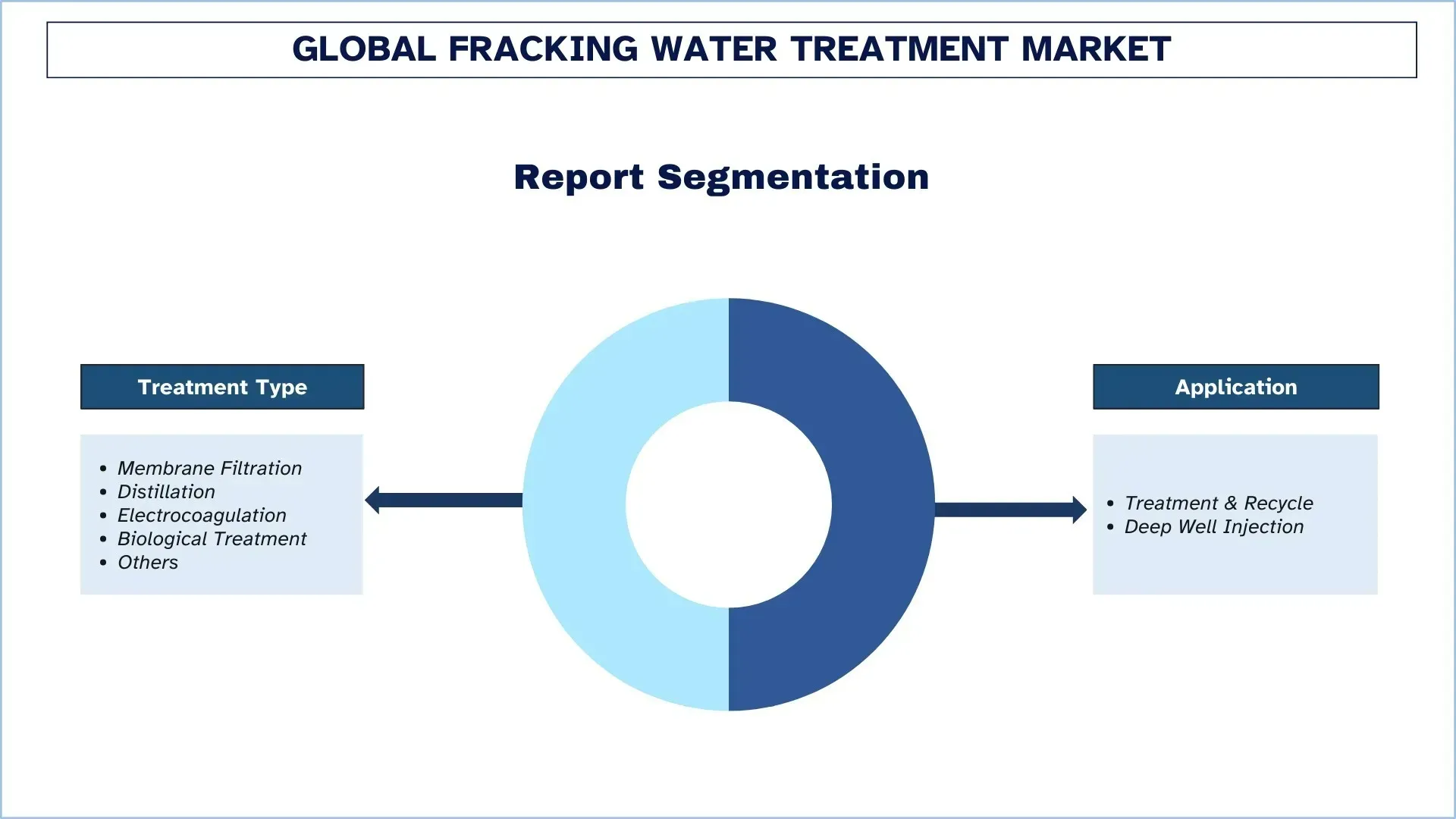
North America Dominated the Global Fracking Water Treatment Market
The biggest market in the fracking water treatment is North America, and it is likely to retain its leadership in the forecast period. This leadership is mainly because of the immense size of exploration activities of shale gas and tight oil in the area, especially in the United States, which is a pioneer of the technology of hydraulic fracturing and production globally. The sheer amounts of wastewater that are produced by the prolific shale plays, such as the Permian Basin and the Marcellus Shale, have greatly taken hold in the creation of the market. There are also large manufacturers of water treatment technologies and specialized service companies in North America, which offer advanced and customized flowback solutions and produced water solutions in the world. The fact that it has a robust oil and gas industry and is focused on water management with water-saving and recycling ensures that it is a large market for treatment systems. The market is driven by strict environmental laws and rising water scarcity, prompting operators to recycle instead of using traditional disposal methods, such as deep well injection.
U.S. held a dominant Share of the North America Fracking Water Treatment Market in 2024
The US Fracking Water Treatment Market has high potential and growth opportunities as a result of the growth in shale gas production, tightening of water management policies, and the growing concerns of environmental sustainability in reusing water. The market is also benefiting through the use of innovative technologies such as membranes, electrocoagulation, and real-time monitoring that guarantee the quality of the water at all times, in addition to minimizing operational expenses. Also, the shift toward eco-friendly and efficient treatment processes is pushing innovation as operators are geared toward sustainable water reuse to comply with high regulatory and ESG standards. Besides the upstream, the markets in the water midstream service, industrial reuse, and regional water-sharing networks are growing to be adopted by the market.
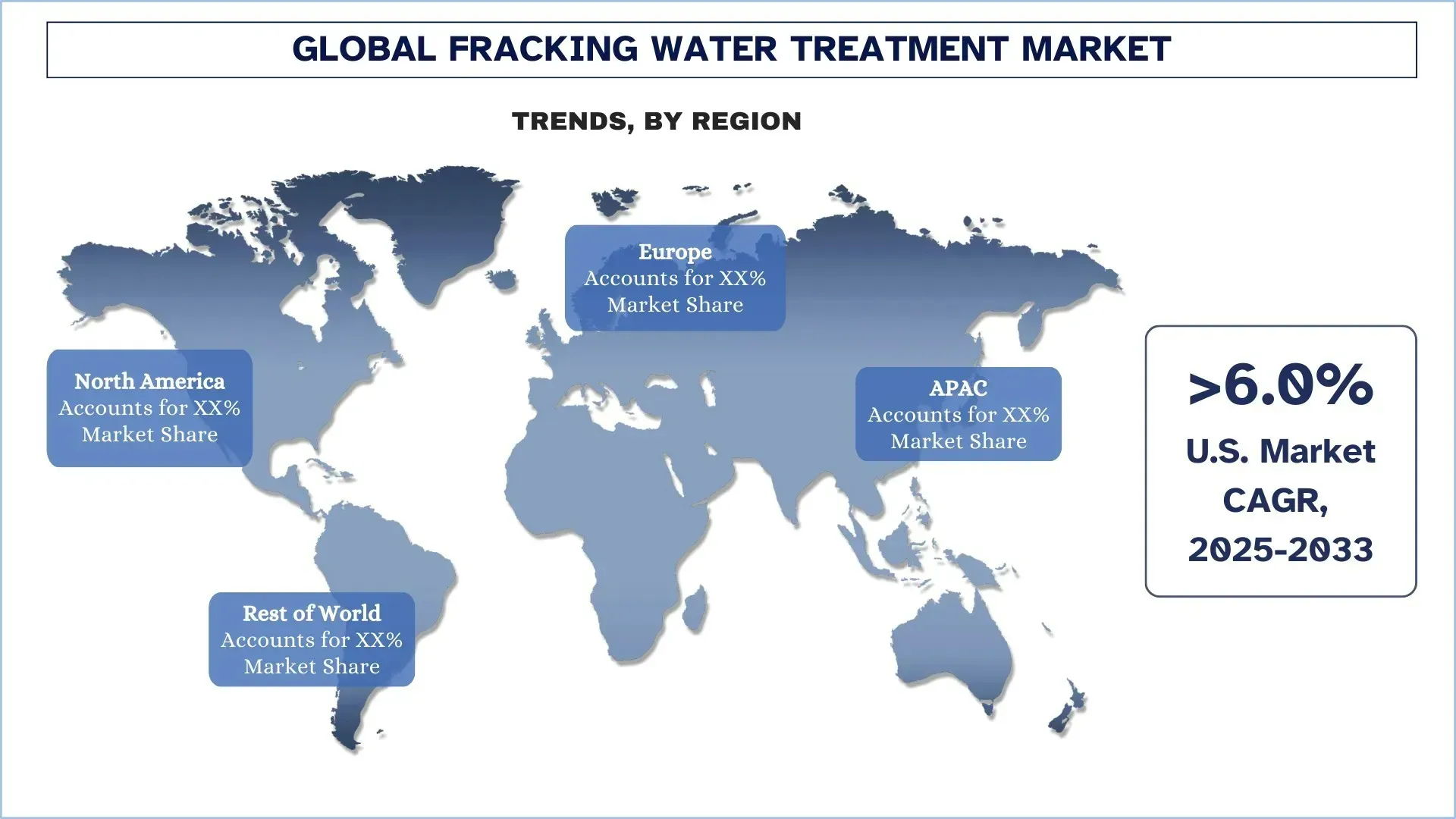
Fracking Water Treatment Industry Overview
The global Fracking Water Treatment market is competitive, with several global and international market players. The key players are adopting different growth strategies to enhance their market presence, such as partnerships, agreements, collaborations, new product launches, geographical expansions, and mergers and acquisitions.
Top Fracking Water Treatment Companies
Some of the major players in the market are DuPont, Ecologix Environmental Systems, LLC, Alfa Laval, SLB, Veolia, Baker Hughes Company, Xylem, Calfrac Well Services Ltd., ChampionX, and Halliburton.
Recent Developments in the Fracking Water Treatment Market
In December 2024, TETRA Technologies introduced the Oasis TDS, an end-to-end desalination system that uses the combination of vacuum membrane distillation and osmotically assisted reverse osmosis (OARO) to treat produced water. The system could recycle a water rate of 93 percent, and its treated water had a TDS of 40-200 ppm, which is higher than the levels set by the municipality. The pilot has a treatment capacity of more than 800,000 barrels/day in the fourth quarter of 2024. Six years later, in 2024, the volume of produced water in the Permian Basin was recorded at 8.4 billion barrels, and the reuse market was valued at USD 4.1 billion per year.
In 2024, LiqTech deployed the next generation of containerized pilot system, which uses silicon-carbide ceramic ultrafiltration technologies to treat any water produced to either be reinjected or reutilized. It is the first produced-water reuse project that the company has ever undertaken in the United States, indicating the pressures that most regulators are facing in the disposal of wastewater raised by the oil and gas industry, as well as the growing use of recycling. Its technology enables treating water at a low cost while meeting the high requirements of water reuse. The treatment process is a significant direction for LiqTech to become a leader in the sustainable treatment of fracking water and the recycling of water, which is more closely monitored by regulators in regions of major oil and gas production worldwide.
Global Fracking Water Treatment Market Report Coverage
Report Attribute | Details |
Base year | 2024 |
Forecast period | 2025-2033 |
Growth momentum | Accelerate at a CAGR of 5.20% |
Market size 2024 | USD 466.47 Million |
Regional analysis | North America, Europe, APAC, Rest of the World |
Major contributing region | North America is expected to dominate the market during the forecast period. |
Key countries covered | U.S., Canada, Germany, U.K., Spain, Italy, France, China, Japan, and India |
Companies profiled | DuPont, Ecologix Environmental Systems, LLC, Alfa Laval, SLB, Veolia, Baker Hughes Company, Xylem, Calfrac Well Services Ltd., ChampionX, and Halliburton |
Report Scope | Market Trends, Drivers, and Restraints; Revenue Estimation and Forecast; Segmentation Analysis; Demand and Supply Side Analysis; Competitive Landscape; Company Profiling |
Segments Covered | By Treatment Type; By Application; By Region/Country |
Reasons to Buy the Fracking Water Treatment Market Report:
The study includes market sizing and forecasting analysis confirmed by authenticated key industry experts.
The report briefly reviews overall industry performance at a glance.
The report covers an in-depth analysis of prominent industry peers, primarily focusing on key business financials, type portfolios, expansion strategies, and recent developments.
Detailed examination of drivers, restraints, key trends, and opportunities prevailing in the industry.
The study comprehensively covers the market across different segments.
Deep dive regional-level analysis of the industry.
Customization Options:
The global Fracking Water Treatment market can further be customized as per the requirements or any other market segment. Besides this, UnivDatos understands that you may have your own business needs; hence, feel free to contact us to get a report that completely suits your requirements.
Table of Content
Research Methodology for the Global Fracking Water Treatment Market Analysis (2023-2033)
We analyzed the historical market, estimated the current market, and forecasted the future market of the global fracking water treatment market to assess its application in major regions worldwide. We conducted exhaustive secondary research to gather historical market data and estimate the current market size. To validate these insights, we carefully reviewed numerous findings and assumptions. Additionally, we conducted in-depth primary interviews with industry experts across the fracking water treatment value chain. After validating market figures through these interviews, we used both top-down and bottom-up approaches to forecast the overall market size. We then employed market breakdown and data triangulation methods to estimate and analyze the market size of industry segments and sub-segments.
Market Engineering
We employed the data triangulation technique to finalize the overall market estimation and derive precise statistical numbers for each segment and sub-segment of the global fracking water treatment market. We split the data into several segments and sub-segments by analyzing various parameters and trends, including treatment type, application, and regions within the global fracking water treatment market.
The Main Objective of the Global Fracking Water Treatment Market Study
The study identifies current and future trends in the global fracking water treatment market, providing strategic insights for investors. It highlights regional market attractiveness, enabling industry participants to tap into untapped markets and gain a first-mover advantage. Other quantitative goals of the studies include:
Market Size Analysis: Assess the current market size and forecast the market size of the global fracking water treatment market and its segments in terms of value (USD).
Fracking Water Treatment Market Segmentation: Segments in the study include areas of treatment type, application, and regions.
Regulatory Framework & Value Chain Analysis: Examine the regulatory framework, value chain, customer behavior, and competitive landscape of the fracking water treatment industry.
Regional Analysis: Conduct a detailed regional analysis for key areas such as Asia Pacific, Europe, North America, and the Rest of the World.
Company Profiles & Growth Strategies: Company profiles of the fracking water treatment market and the growth strategies adopted by the market players to sustain the fast-growing market.
Frequently Asked Questions FAQs
Q1: What is the global Fracking Water Treatment Market's current market size and its growth potential?
The global fracking water treatment Market was valued at USD 466.47 million in 2024 and is expected to grow at a CAGR of 5.20% during the forecast period (2025-2033).
Q2: Which segment has the largest share of the global Fracking Water Treatment Market by Treatment Type?
The membrane filtration segment dominated the market and is expected to maintain leadership throughout the forecast period. This is mainly due to its modular, mobile deployability and good performance in the various flowback and produced-water chemistries that differ across different shale basins.
Q3: What are the driving factors for the growth of the global Fracking Water Treatment Market?
• Growing Hydraulic Fracturing and Shale Gas Activity: Rising global energy demand is driving hydraulic fracturing and shale gas exploration, creating higher volumes of flowback and produced water that necessitate efficient treatment, reuse, and sustainable management solutions.
• Stricter Environmental Regulations on Wastewater Disposal and Reuse: Governments worldwide are enforcing stringent regulations on wastewater disposal and reuse, compelling operators to adopt advanced fracking water treatment technologies to ensure compliance, minimize environmental impact, and reduce reliance on deep well injections.
• Rising Water Scarcity in Key Drilling Regions: In water-stressed regions like the Permian Basin and parts of China, limited freshwater availability is pushing operators to implement fracking water treatment solutions that enable recycling, reduce freshwater withdrawals, and ensure sustainable operations.
Q4: What are the emerging technologies and trends in the global Fracking Water Treatment Market?
• Growing Use of Advanced and Hybrid Treatment Technologies: Operators increasingly adopt hybrid systems combining membranes, electrocoagulation, oxidation, and biological processes to treat complex produced water, ensuring higher efficiency, stable quality, regulatory compliance, and long-term sustainability in shale operations.
• Shift Toward Modular Mobile Treatment Units with Digital Monitoring: The industry is moving toward modular, mobile treatment units enhanced with digital monitoring and automation, enabling on-site deployment, real-time optimization, reduced trucking, and cost-effective water reuse across diverse shale basins.
Q5: What are the key challenges in the global Fracking Water Treatment Market?
• High Capital and Operating Costs of Advanced Treatment Systems: Advanced fracking water treatment technologies require significant investment in equipment, energy, and maintenance, making affordability a challenge for operators, especially smaller firms, despite long-term benefits in reuse and compliance.
• Complex and Variable Wastewater Chemistry: Produced water contains fluctuating levels of salts, hydrocarbons, metals, and microbes, making treatment difficult. This variability demands flexible, hybrid solutions that can adapt to changing water qualities across different shale plays.
Q6: Which region dominates the global Fracking Water Treatment Market?
North America leads the fracking water treatment market and is set to maintain dominance, driven by extensive shale gas production, strict environmental regulations, and strong adoption of advanced, hybrid, and sustainable water management technologies across key basins.
Q7: Who are the key players in the global Fracking Water Treatment Market?
Some of the key companies include:
• DuPont
• Ecologix Environmental Systems, LLC
• Alfa Laval
• SLB
• Veolia
• Baker Hughes Company
• Xylem
• Calfrac Well Services Ltd.
• ChampionX
• Halliburton
Q8: What is the current regulatory landscape for the Fracking Water Treatment market, and how does it impact operators?
• Environmental Compliance: Strict discharge and reuse standards drive adoption of advanced treatment to minimize ecological impact.
• Water Management Rules: Regulations on freshwater withdrawals encourage recycling and reuse initiatives.
• Disposal Restrictions: Limitations on deep well injections increase demand for sustainable, on-site treatment solutions.
Q9: How do technological advances shape investment opportunities in the Fracking Water Treatment market?
• Hybrid Treatment Systems: Integration of membranes, electrocoagulation, and biological processes attracts capital for scalable solutions.
• Digital Monitoring: Real-time analytics and automation improve efficiency, drawing investor interest.
• Resource Recovery: Innovations in brine management and lithium extraction create new revenue streams.
Related Reports
Customers who bought this item also bought

